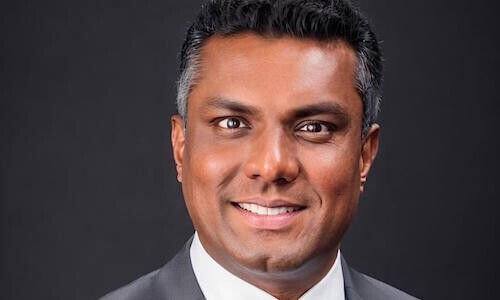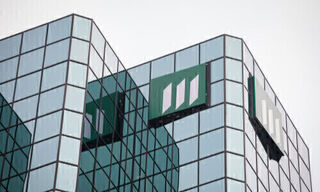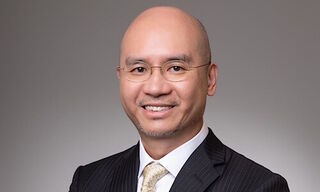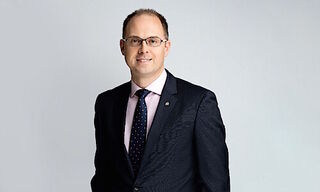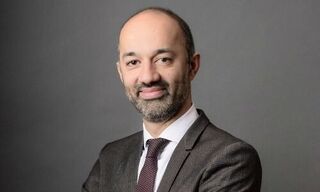The World Gold Council is increasing its activities in the city-state, as investment demand in Asia grows, Andrew Naylor, the organization's Singapore-based director of Central Banks and Public Policy, said in an interview with finews.asia.
«Singapore is a big opportunity for us, as a major asset management center,» Andrew Naylor said. «Asia is leading the way in terms of market development, product availability and so on, that’s why we’re expanding here». He said the World Gold Council (WGC), the market development organization for the gold industry, is not only expanding in terms of policy issues but also in terms of its focus.
Focusing on Consumer Protection
«We’re going to be targeting the wealth management, private wealth and institutional wealth sectors in Singapore and ASEAN. We see a lot of professional and institutional investors based here or managing money out of here, so the focus is on the broader role gold plays in the financial system and to position it as a mainstream investment.»
He said the WGC’s outreach will also focus on issues like consumer protection in emerging markets, and increasing trust in the industry from a retail consumer angle.
Gold’s Utility
«We’ve had a very strong year for gold in terms of price. This has led to retail consumers/investors and professional investors acting very differently,» Naylor added, discussing the WGC's «Gold Demand Trends 2019» report, published Thursday.
In the past year, gold demand fell 1 percent, as a huge rise in investment flows into ETFs and similar products was matched by a slump in consumer demand, driven by retail investors selling their holdings as prices hit six-year highs.
«This demonstrates gold’s utility as well – it protects against inflation very well, and is highly liquid. So the retail market tends to take advantage of higher prices, that’s why recycling figures are also very high,» Naylor said.
Demand Trends
The report highlighted several key trends: strong inflows into global gold-backed ETFs and similar products; and continued buying by central banks who were net buyers for the 10th consecutive year as global reserves grew by 650.3 tons, a 1 percent drop from 2019 and the second-highest annual total for 50 years.
In a low-interest environment and with serious geopolitical issues yet to be resolved, Naylor said he expects these trends to continue into 2020. «All this reinforces interest in gold, as it is still seen as a safe-haven asset. I think a lot of the demand you have seen in the past year, especially in terms of the financial side, will continue,» he explained.
Behaving Differently
«The most important thing about gold is that it behaves differently to other financial assets. And that’s because of its sectoral demand profile. A lot of the demand for gold is not held hostage by economic performance,» Naylor said, highlighting the positive outlook for demand from the technology sector.





















